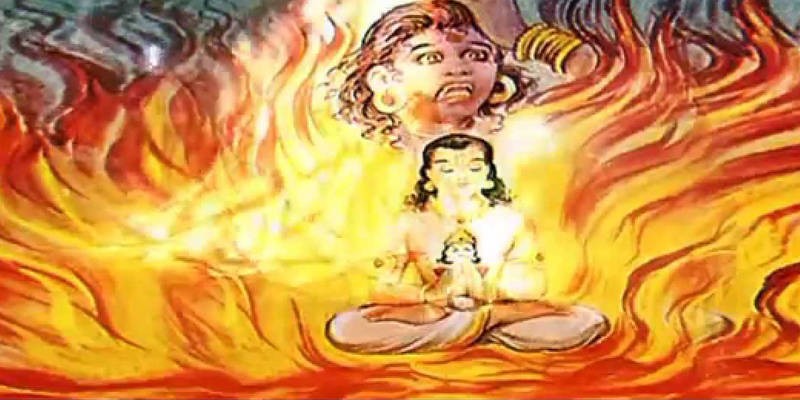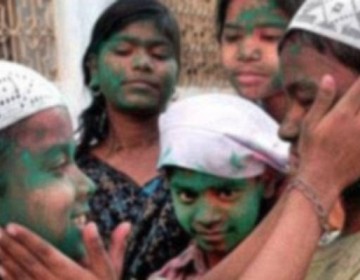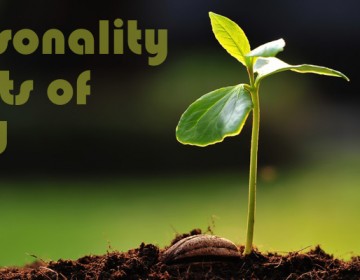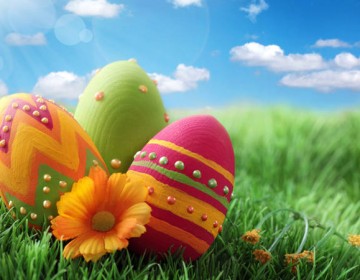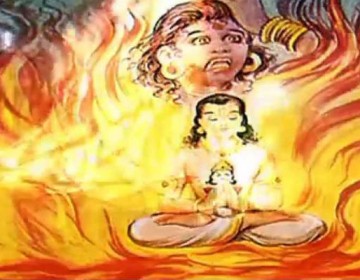Holi is celebrated during the spring season in India and is among the biggest Hindu festivals, especially in the northern region. It falls on the first day of krishnapaksh(dark fortnight) of Phalgun month according to the Hindu calendar, which coincides with February or March of the Western calendar. On the previous day — purnima or full Moon day — devotees observe Holika Dahan by setting alight large bonfires to signify the burning of evil. In different parts of India, Holi is called by different names. In West Bengal and Odisha, it is observed as Dol Jatra.
There is no fixed pattern of celebrations. Local customs add a unique flavour to the activities. The duration also differs; e.g., it is celebrated over seven days at Kanpur in Uttar Pradesh. Holi is celebrated both in India and abroad, especially where the Hindu diaspora resides. In countries like Surinam, Guyana and Mauritius, it is observed as a holiday. In Nepal, Holi is celebrated on two different days and is considered a national festival.Festival of Colours Holi is a day of fun and revelry, and an occasion to promote universal love and gaiety.
It also coincides with the harvesting of the rabi or winter crop. It is celebrated by people of other faiths as well. They enthusiastically participate in the festivities, thereby weaving a thread of universal friendship, irrespective of language, region or religion.On the day of Holi, people playfully colour each other with coloured powder or water. They play drums and other instruments, while singing folk songs. Children use sprayers to throw water on each other. Many delicacies and beverages are also consumed intermittently, as this fun and exciting activity continues for hours together. It is also an occasion to make jovial remarks and recite verse, associate people with funny titles, and display caricatures or cartoons
Holika Dahan
Holika Dahan is a Hindu festival celebrated in the spring season. It symbolizes the victory of good over evil and uses large bonfires to denote the burning of evil and the aspects associated with it. It also indicates the gradual departure of spring and the arrival of summer, as people are exposed to the intense heat of the bonfires. The festival is observed on full Moon day (purnima) of Phalgun month as per the Hindu calendar, which coincides with February or March month of the Western calendar. The pyres are lit at the time of the day calculated by the conventional astrological system.
The timings, which vary every year, are announced through newspapers, calendars, or conveyed by the local priests. The festival is celebrated all over India but is more widespread in northern and western parts of the country. Indians living abroad, too, take part in it. Some followers of other religions also participate in the ceremonies. Worship of Fire Holika Dahan has been celebrated since time immemorial with religious fervour and devotion. By lighting of bonfires in different places on the same day at the same time, people in a way participate in a mass havan (fire ritual) simultaneously.
The principal activity on this day is the lighting of bonfires in the premises of temples, playgrounds or at street corners. People gather around them to put their offerings in the fire and worshipping it, thereby hailing the might of the divine in upholding righteousness and justice. Families go around the bonfire seeking blessings, and take part of the semi-burnt wood home. Newly-wed brides perform special rituals. There is a friendly atmosphere all over. Children seek blessings of their elders, and adults greet each other on the occasion.
Throughout the day and after the ceremony, people relish a drink made of milk called thandai. Traditional savouries are distributed by volunteers during such get-togethers. Holika Dahan is followed by Holi festivities involving colours and water on the next day.

